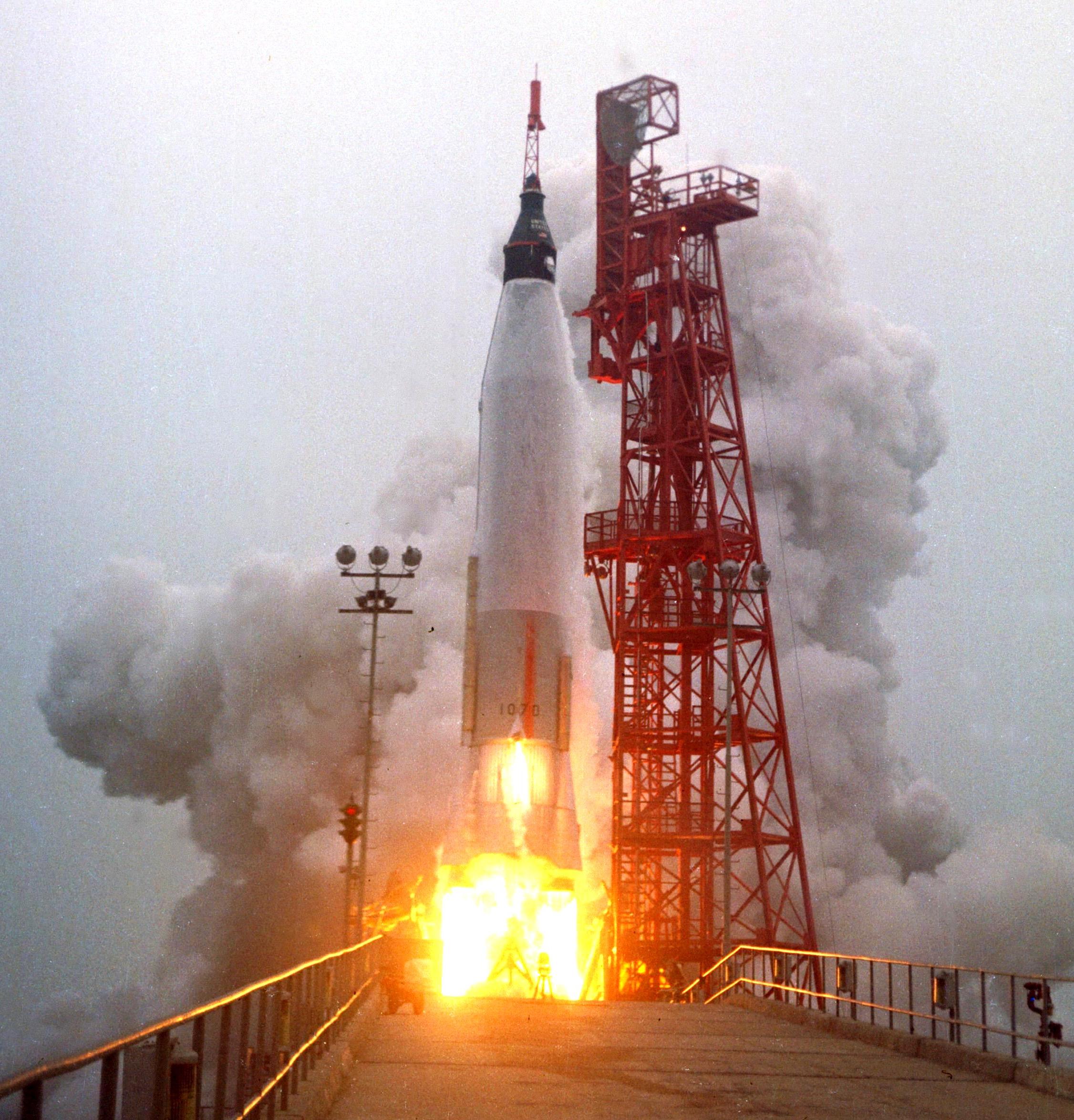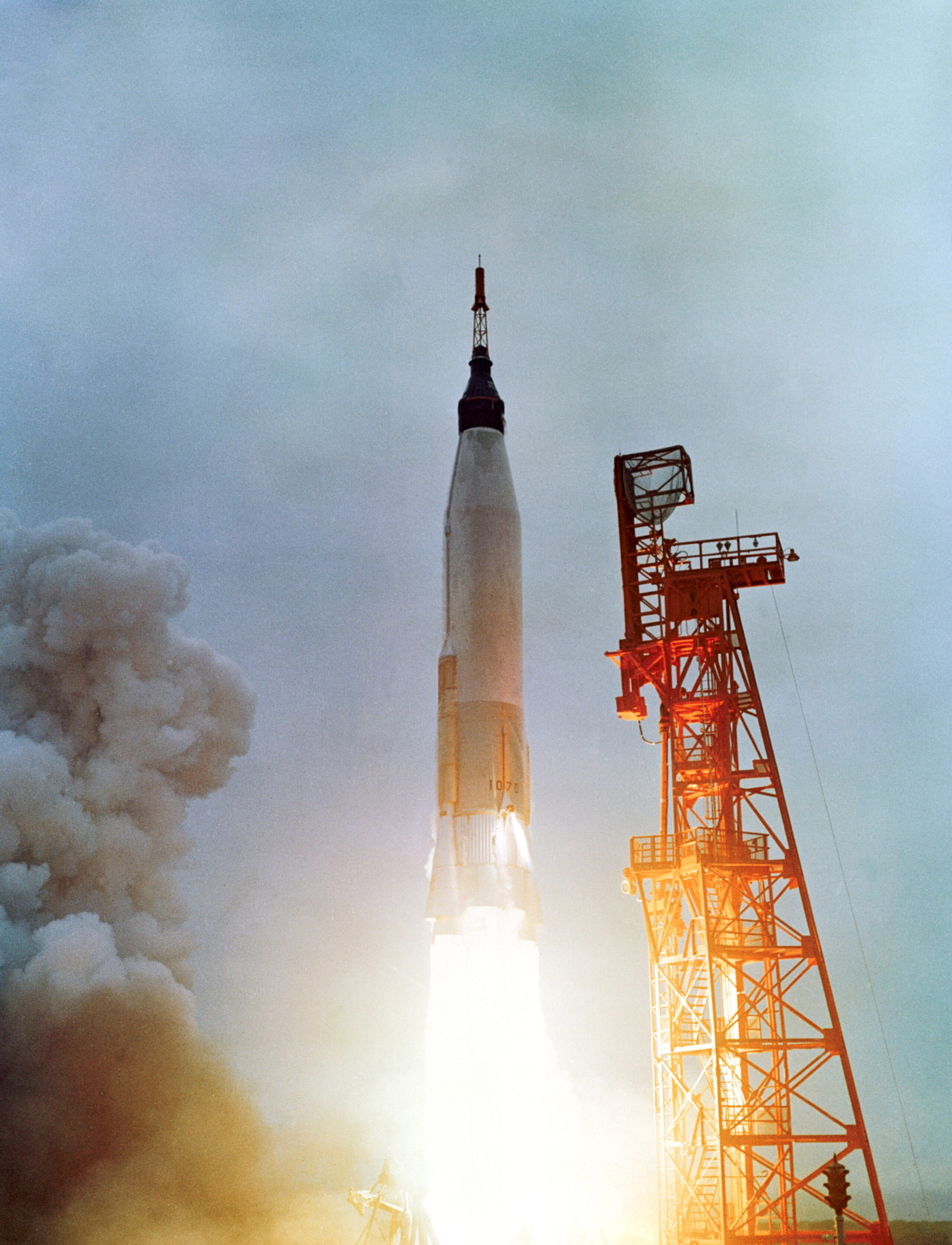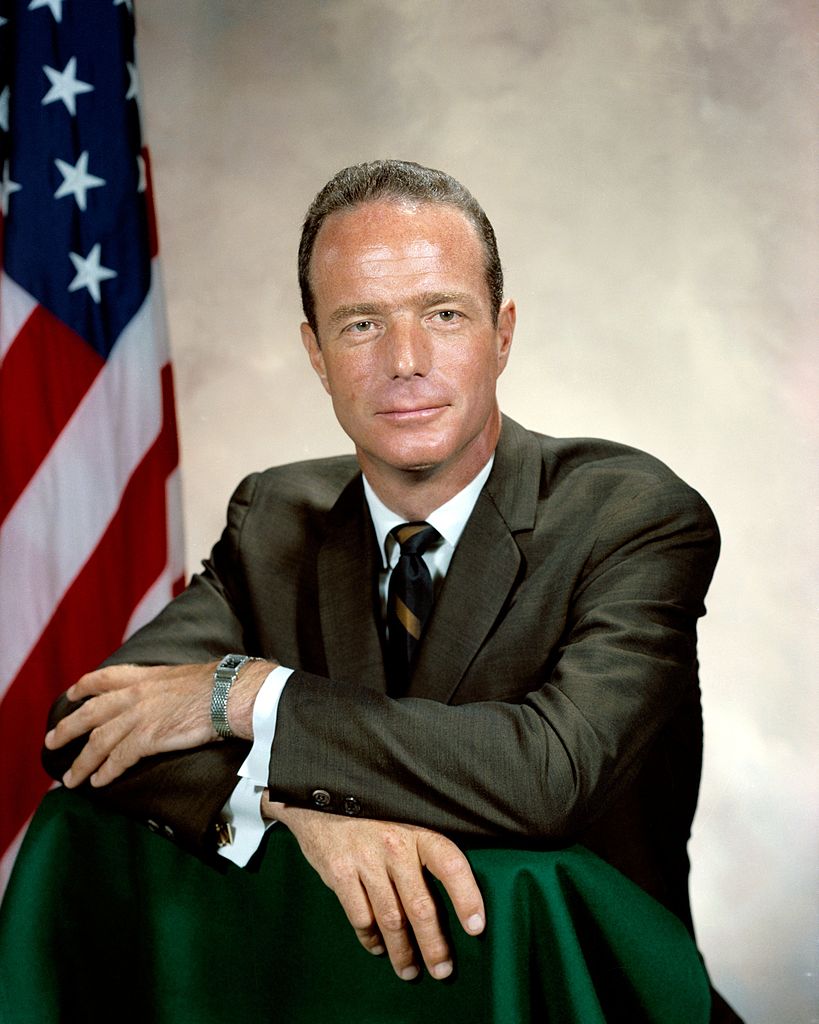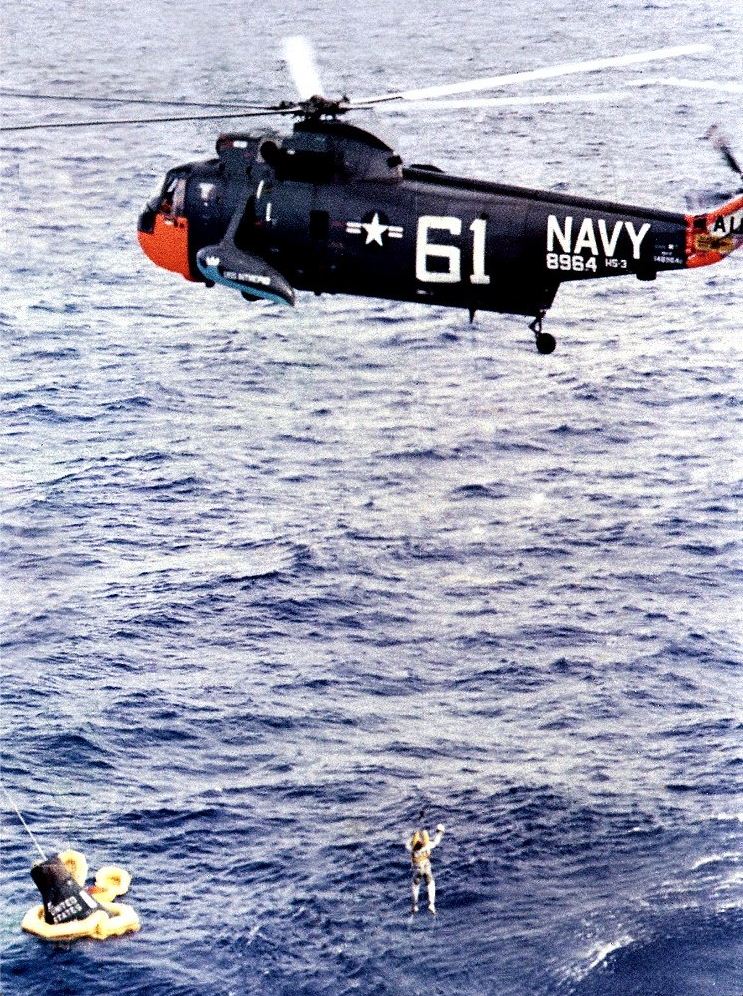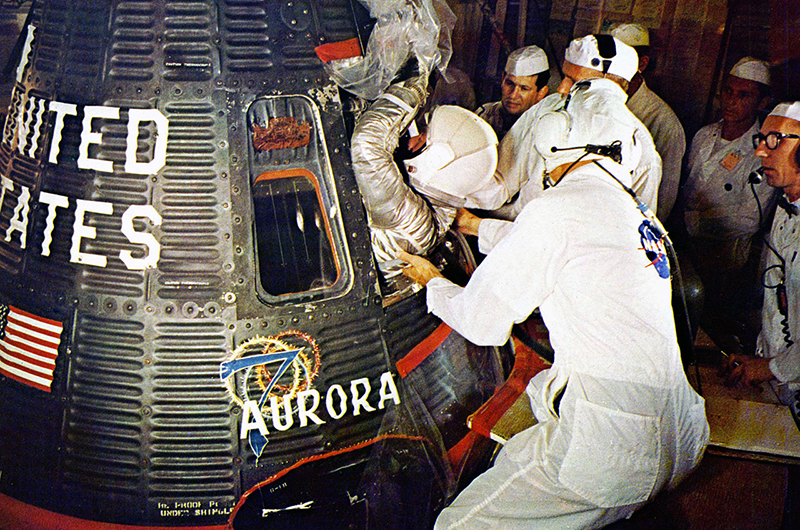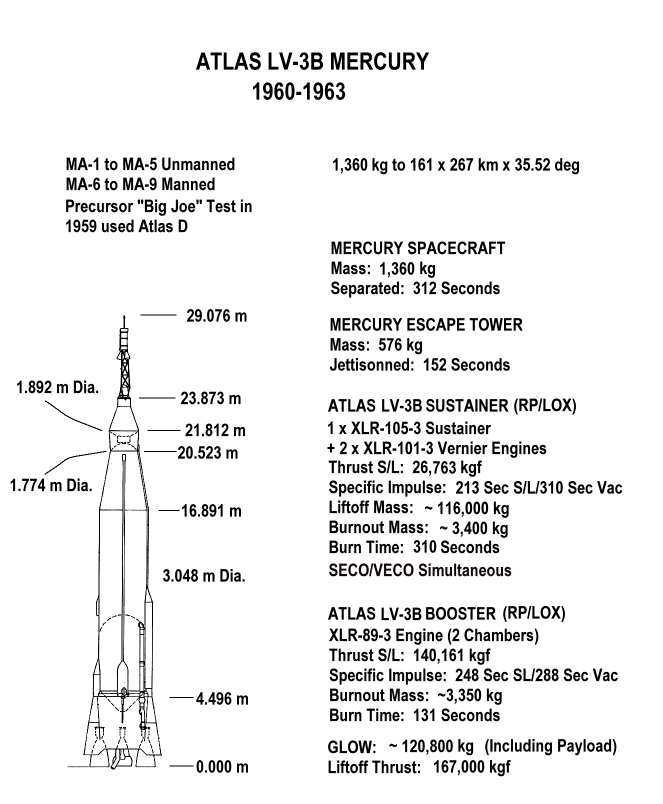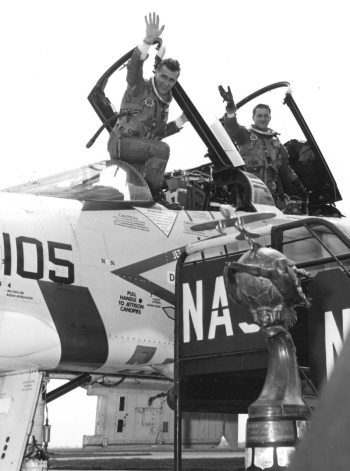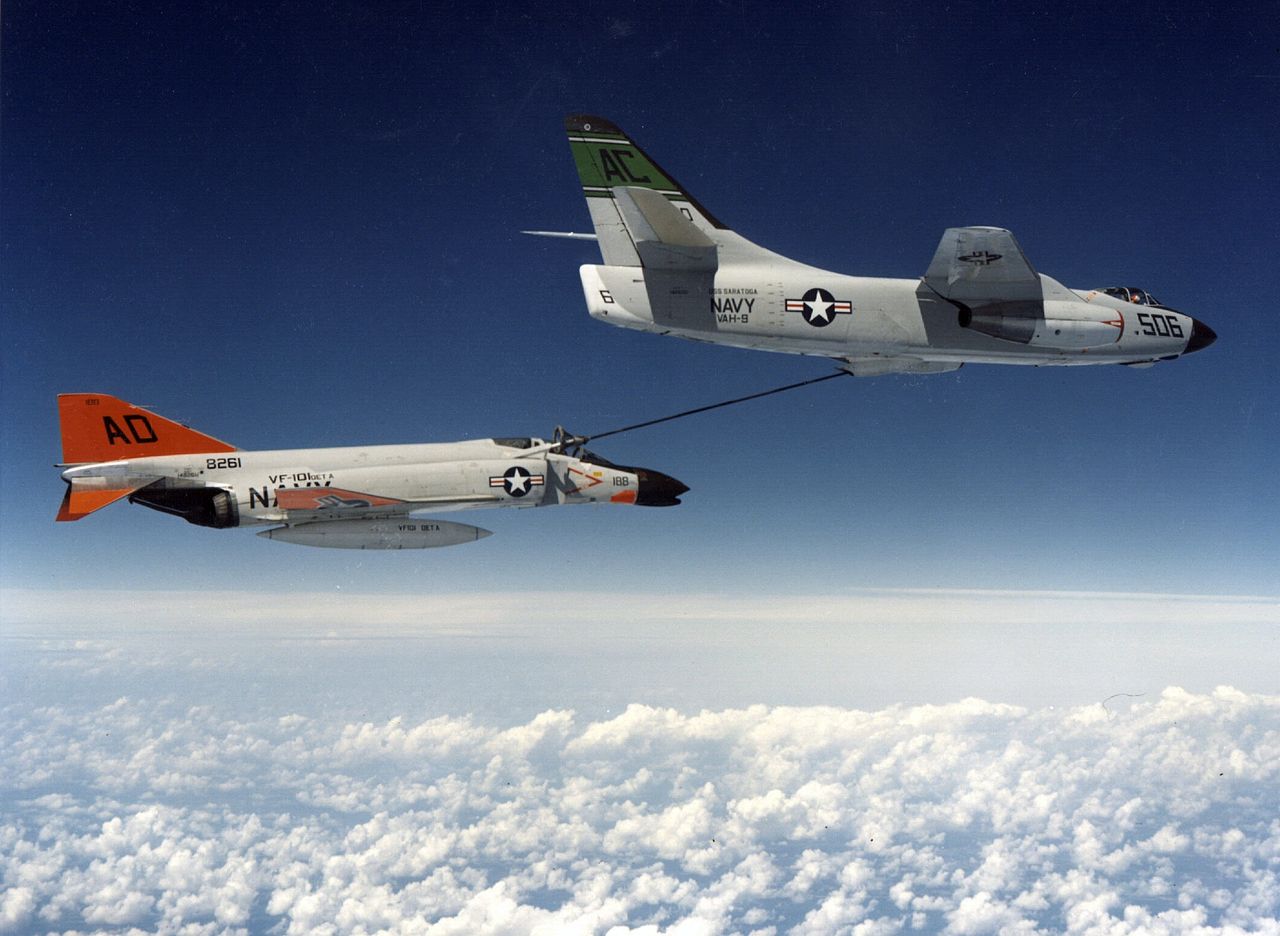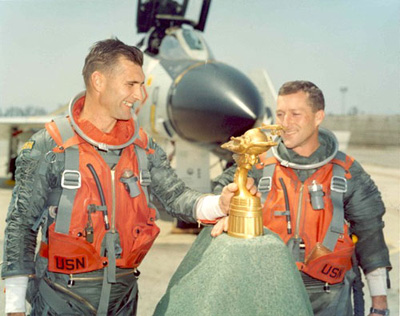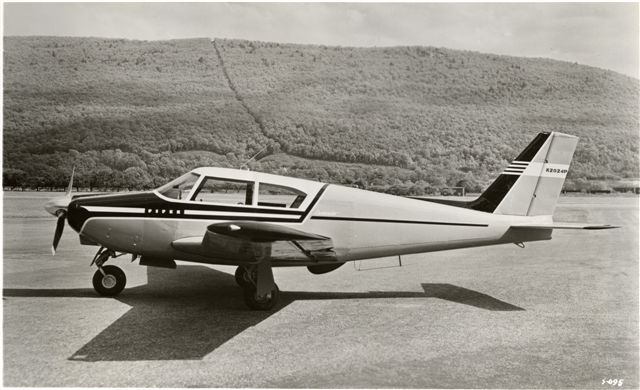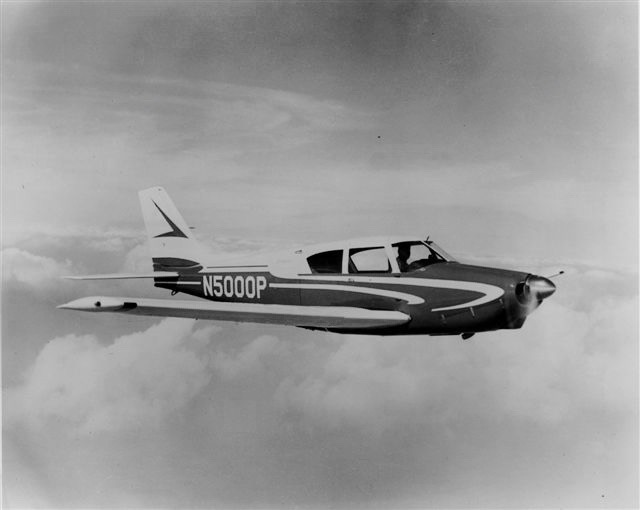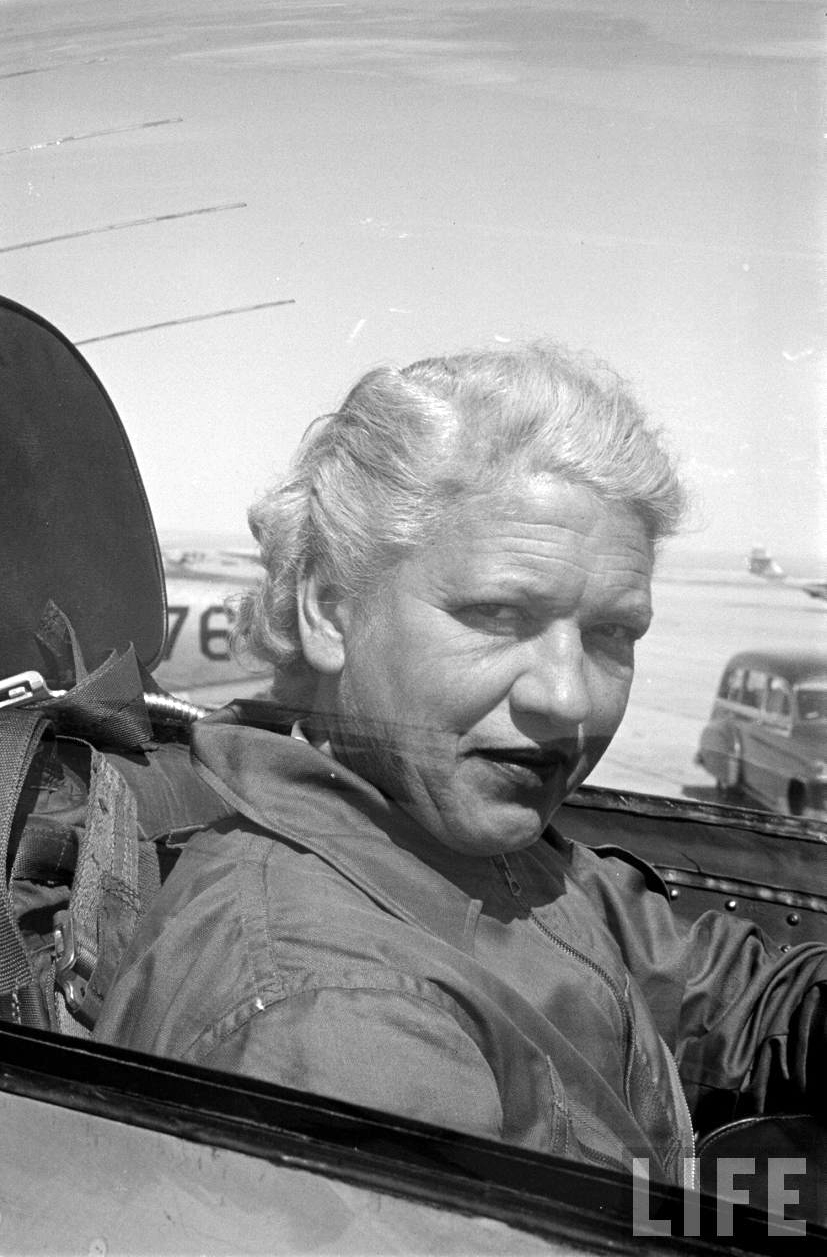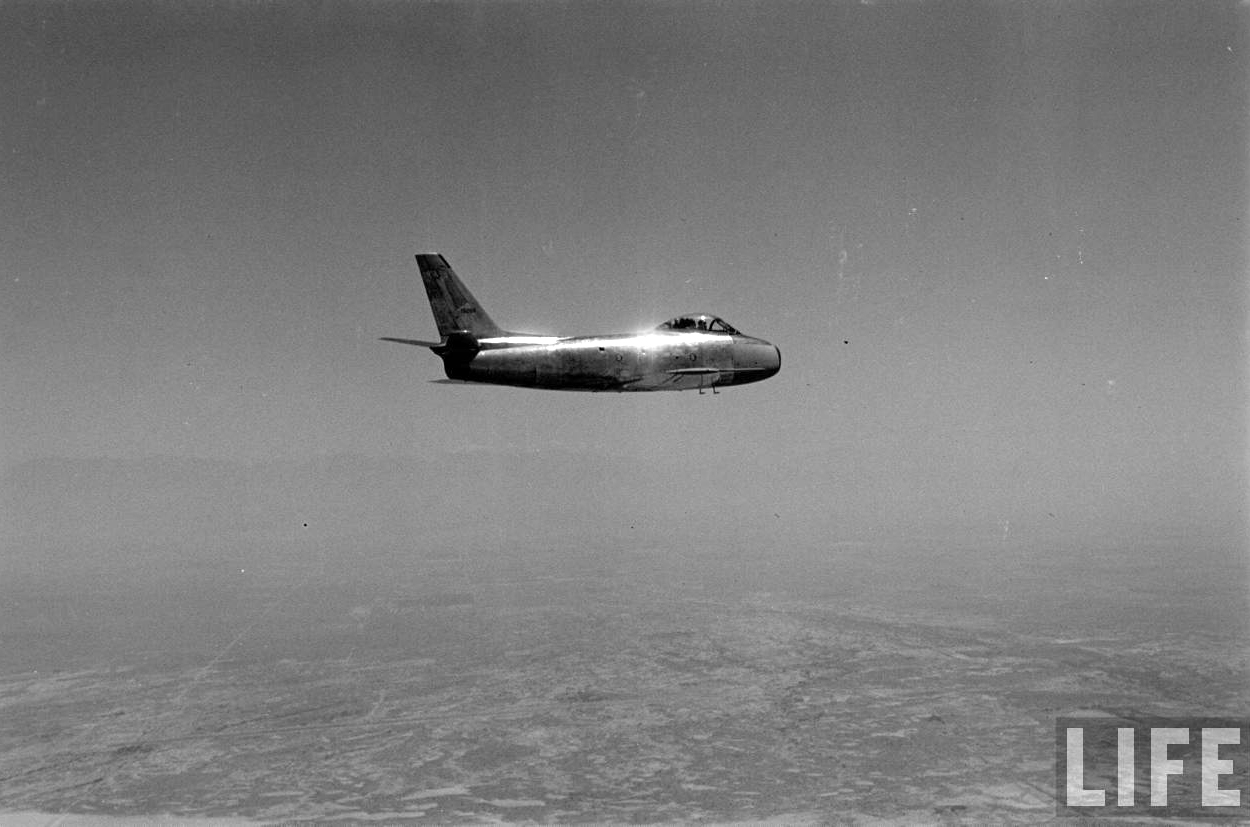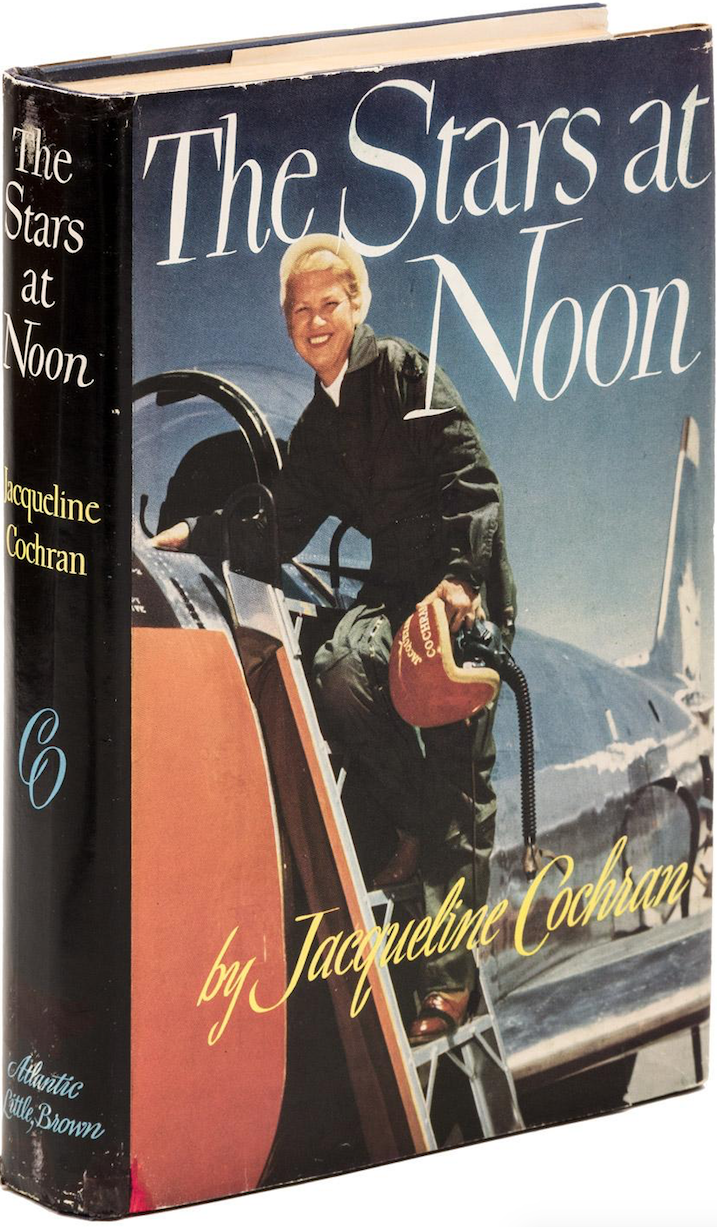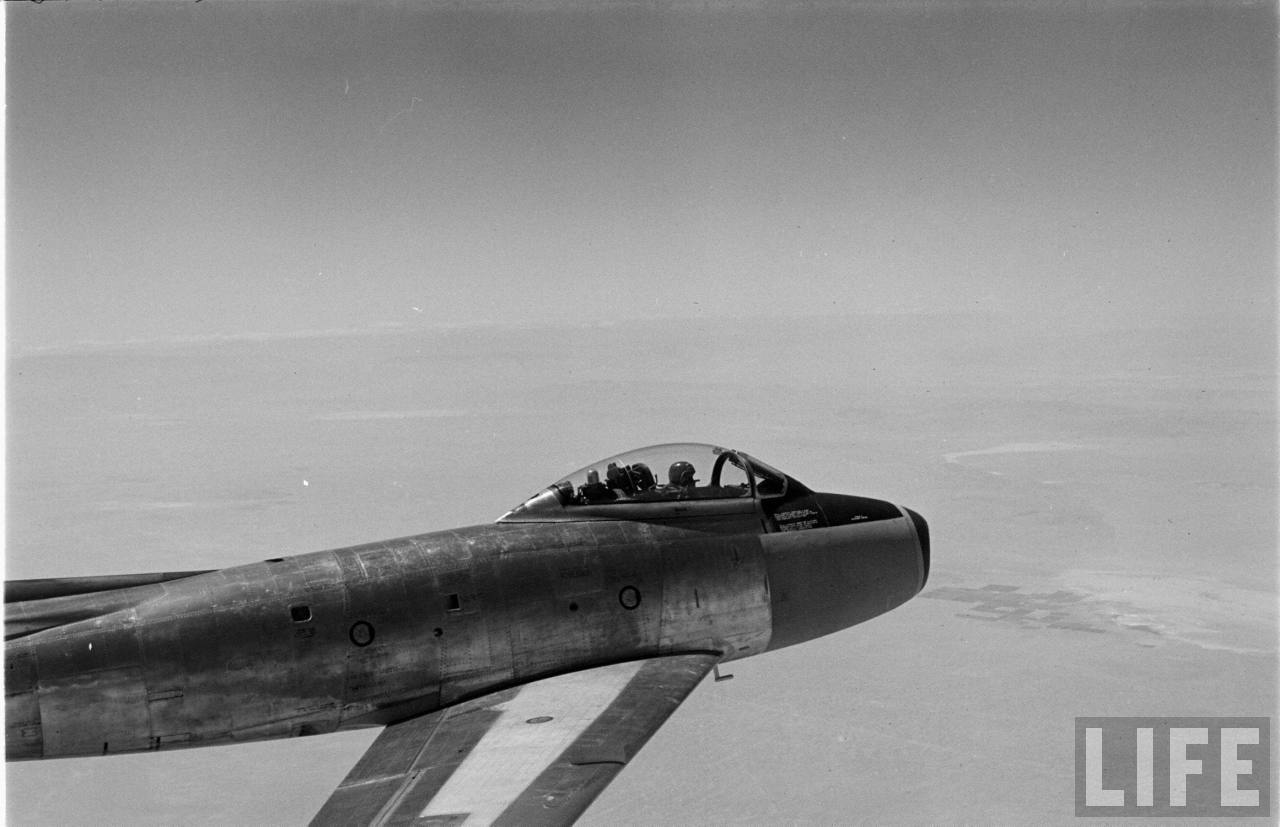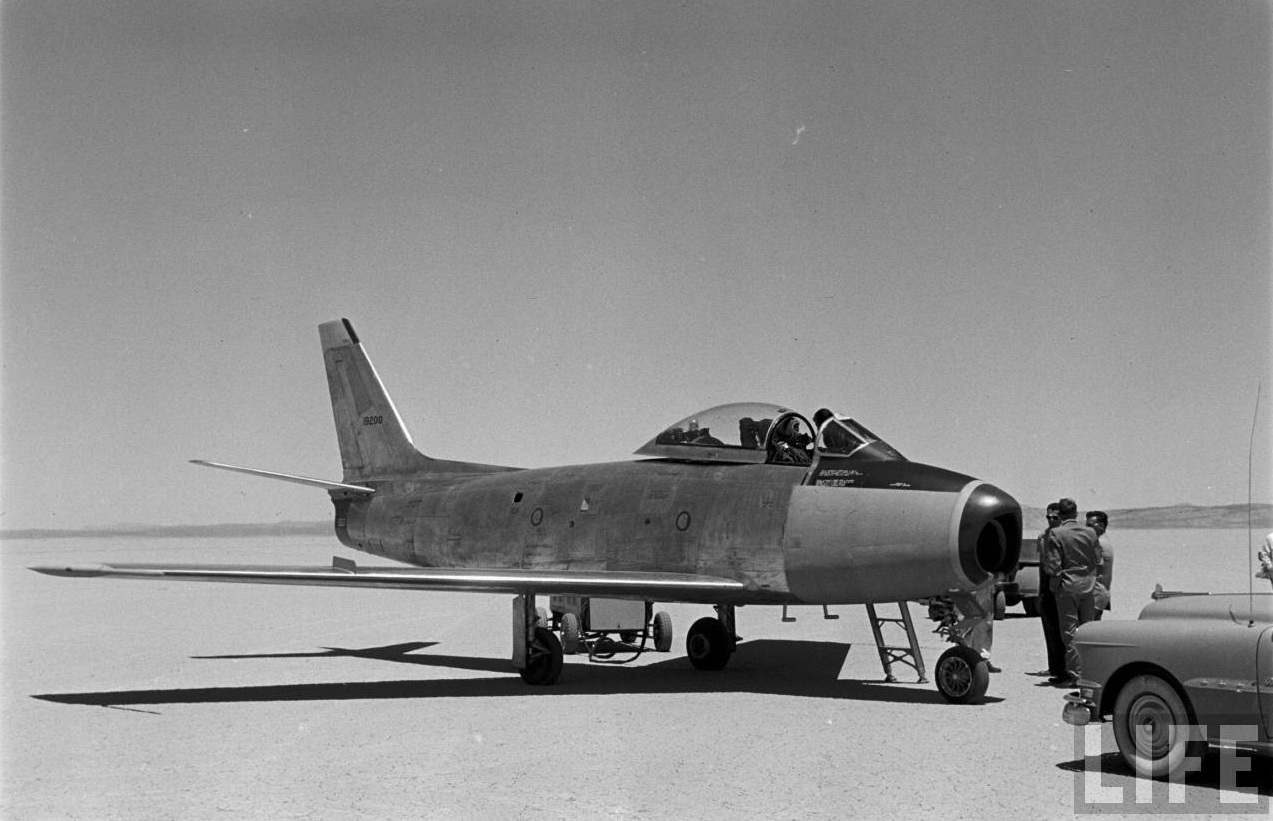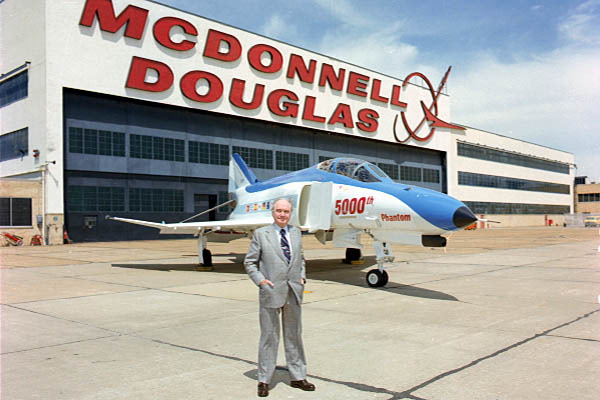
24 May 1978: McDonnell Douglas delivered the 5,000th F-4 Phantom II, F-4E-65-MC 77-0290, to the United States Air Force in a ceremony at the McDonnell Aircraft Company division at St. Louis, Missouri.¹ This was almost twenty years to the day that the YF4H-1 prototype first flew. [See TDiA, 27 May 1958]
The Mach 2 fighter bomber was developed in the early 1950s as a long range, missile-armed interceptor for the U.S. Navy. The first Phantom II, XF4H-1 Bu. No. 142259, made its maiden flight at St. Louis with future McDonnell Douglas president Robert C. Little at the controls. During flight testing, the U.S. Air Force was impressed by the new interceptor and soon ordered its own version, the F-110A Spectre. Under the Department of Defense redesignation, both Navy and Air Force versions became the F-4. Its name, “Phantom II,” was chosen by James S. McDonnell, and was in keeping with his naming the company’s fighters after supernatural beings.
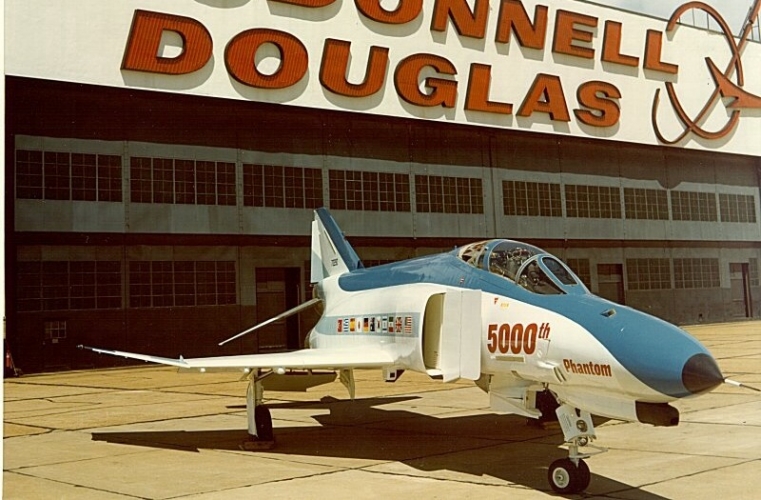
The Phantom was a very powerful aircraft and set several speed, altitude and time-to-altitude records. The second aircraft, YF4H-1 Bu. No. 142260, flew to 98,557 feet (30,040 meters) on 6 December 1959. On 22 November 1961, the same Phantom set a World Absolute Speed Record of 1,606.509 miles per hour (2,585.425 kilometers per hour). 142260 was entered in the record books again when it established a World Record for Altitude in Horizontal Flight of 66,443.57 feet (20,252 meters), 5 December 1961. Future astronaut Commander John W. Young, United States Navy, flew another Phantom II, Bu. No. 149449, from the runway at NAS Point Mugu on the southern California coast to an altitude of 30,000 meters (82,020.997 feet) in 3 minutes, 50.440 seconds.
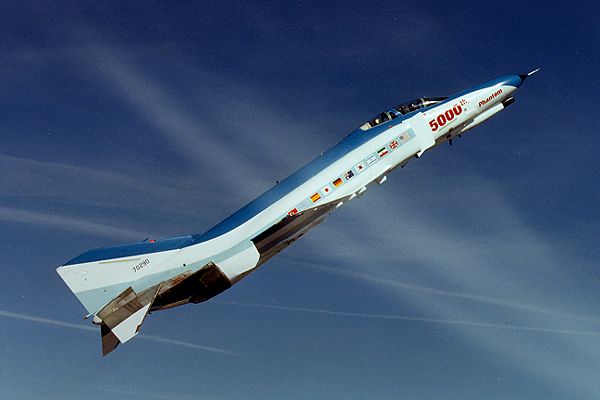
The Phantom II first entered combat during the Vietnam War. It became apparent that the all-missile armament was insufficient for the subsonic dogfights that it found itself in, and a 20 mm Gatling gun was added. Designed as an interceptor, it evolved into a fighter bomber and carried a bomb load heavier that a World War II B-17 bomber. The last American “aces” scored their victories while flying the Phantom over Vietnam.
The F-4 served with the U.S. Air Force until April 1996. The last operational flight was flown by an F-4G Wild Weasel assigned to the Idaho Air National Guard. A total of 5,195 Phantom IIs were built, most by McDonnell Douglas at St. Louis, but 138 were built in Japan by Mitsubishi. The Phantom is still in service with several air forces around the world.
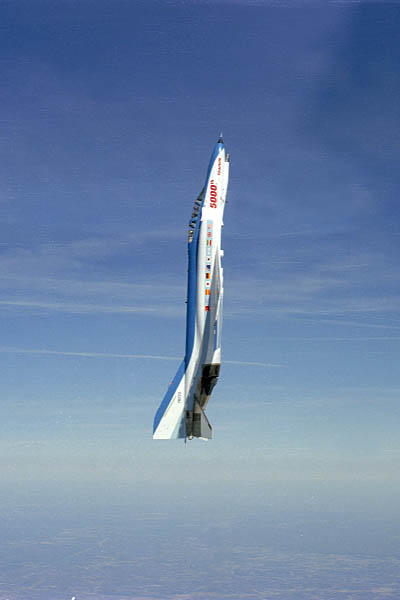
McDonnell Douglas F-4E-65-MC Phantom II 77-0290 was transferred to the Türk Hava Kuvvetleri (Turkish Air Force), where it retained the U.S. Air Force serial number. It was written off 30 May 1989, however, it was later modernized by Israel Aerospace Industries (IAI) to the F-4E-2020 Terminator standard and as of 25 June 2019, remained in service.
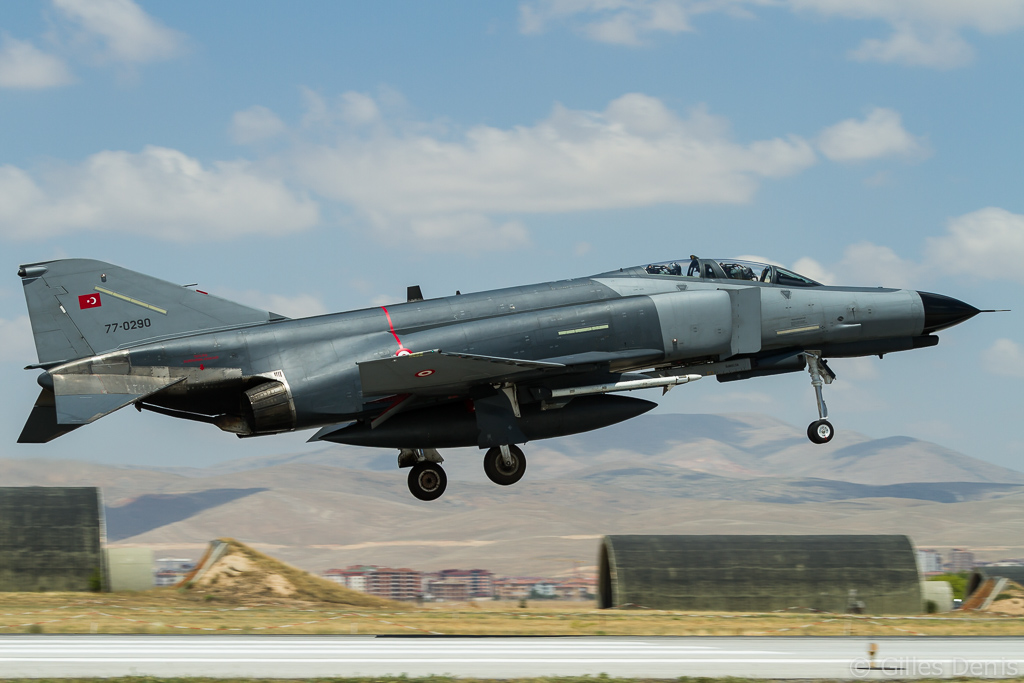
¹ “Phantom Guest Of Honor At Birthday Party,” St. Louis Post-Dispatch, Vol. 100, No. 144, Thursday, 25 May, 1978, Page 3A at Columns 3–6
© 2019, Bryan R. Swopes
